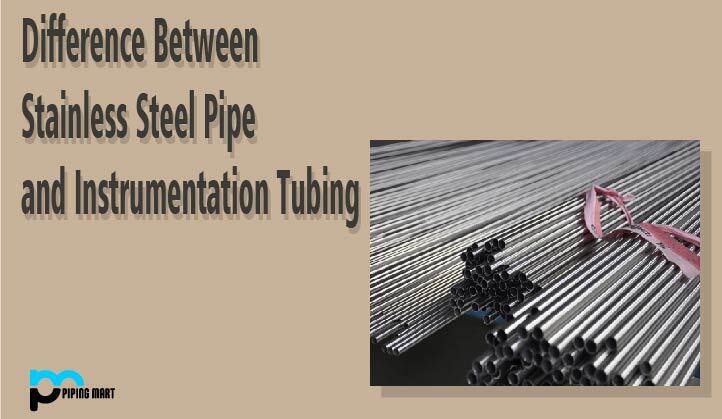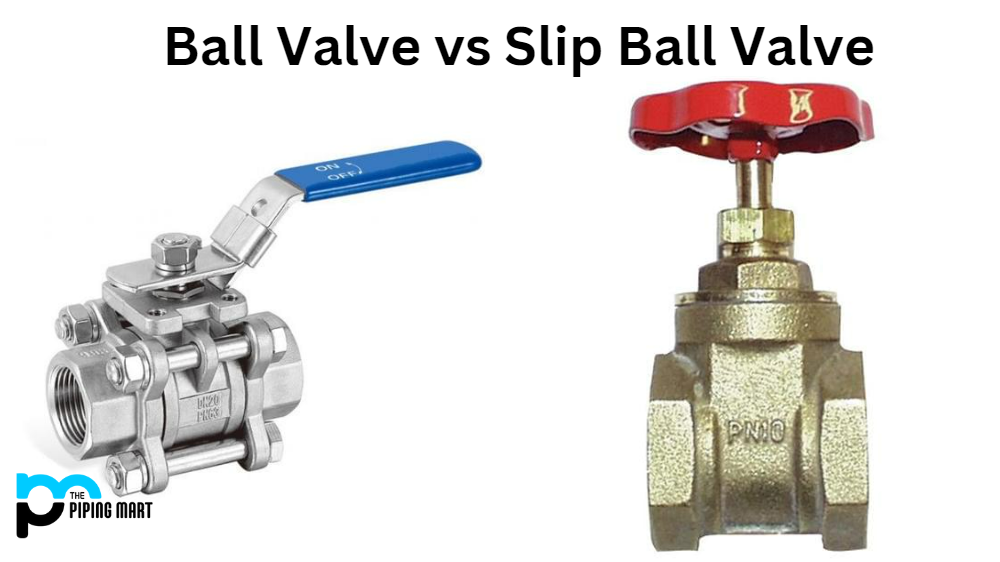Pipe and tube are used side by side in various applications. Stainless steel pipes and instrumentation tubing differ from one another concerning their sizes, product shapes, and uses. Hence, it is essential to understand which is the best product for the application.
Stainless steel pipes and instrumentation tubes what is the difference?
When you see both pipes and tubes, you will observe both are cylindrical and hollow metallic objects. These are useful in piping methods to transfer various elements from one position to another. But they are different and valuable than that.
What are the uses of Instrument Tubing and Stainless Steel Pipes?
Stainless steel piping is the product designed to allow movement and routing of the flow. It will enable liquids, gasses, and other materials to flow from one place to another. Specifically, pipes are useful in holding areas, processing areas, and different intended process sections. Whereas, Instrument tubing is useful alongside these piping systems. Instrument tubing works well in establishing pressure gauges, pressure switches, flow monitor systems, valves, and other critical instrumentations. These tubes help in monitoring safety, process automation, and other aspects of piping system works.
Size variations between Stainless Steel Pipe and Instrumentation Tubing
In stainless steel pipes, nominal pipe size (NPS) is the unit that involves the critical measurement and wall thickness. Here, NPS 4 pipe and tubing has an outside diameter of 4.5-inches (114.3mm). When stainless steel pipes are equal to or greater than 14″ NPS, the size (14″ in this case) then shows the outside diameter.
Whereas instrumentation tubing typically provides the primary focus on external diameter (OD) and wall thickness. Hence, 4-inch tubing has an OD of precisely 4-inches. Here, piping size generally determines the overall working capacity and volume. In contrast, instrumental tubing has pressure ratings as other considerations. Tubing sizes are also more accurate and typically need more comprehensive quality assurance and more established tolerances than piping.
Connections in stainless steel Pipe and instrumentation tube fittings
The majority of the time, steel pipes use either bevelled, threaded, or plain ends. Whereas instrumentation tubes are cut to length using tube cutters, then processed to remove bur to ensure safety and flow. Such smooth tubes allow smooth connection with fittings and valves with more excellent compatibility with various instrumentation components.
Manufacturing of stainless steel Pipes and instrumentation tubes
All instrumentation tubes experience dimensional quality checks such as straightness, roundness, surface finish, and wall thickness during its manufacturing. In contrast, steel pipes are observed for a strict tolerance and the ability to mass-produce. Here, they are the products that require bulk orders and faster delivery. For the production of pipes, generally, a continuous process is preferred due to its high volume.
Packing requirement for steel pipes and instrumentation tubes
The majority of stainless steel pipes require great attention during its bundling and shipment. At the same time, instrumentation tubes are the products packed in cardboard tubes for dispatch to its size. Instrumentation tubing are available in much smaller diameters, and hence, coils and rolls work well and enable more compact storage and more comfortable transport.

Pipingmart is B2B portal specializes in industrial, metal and piping products. Also, share latest information and news related to products, materials and different types grades to help business dealing in this industry.




